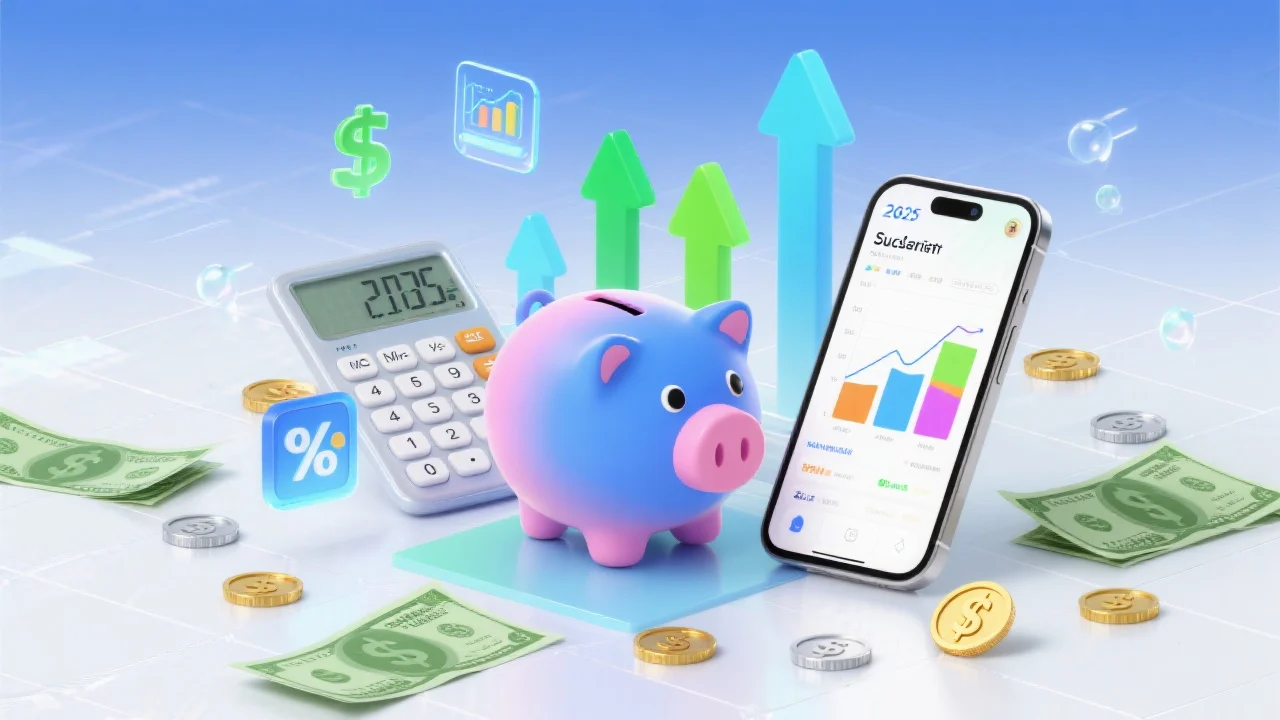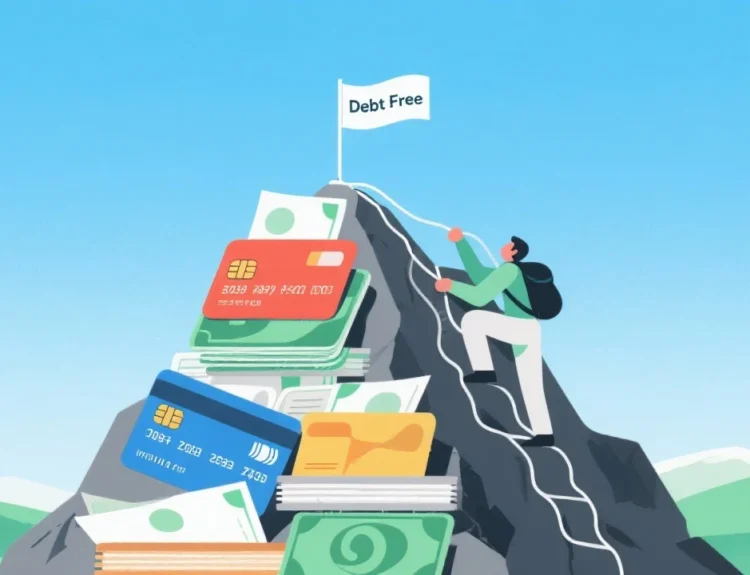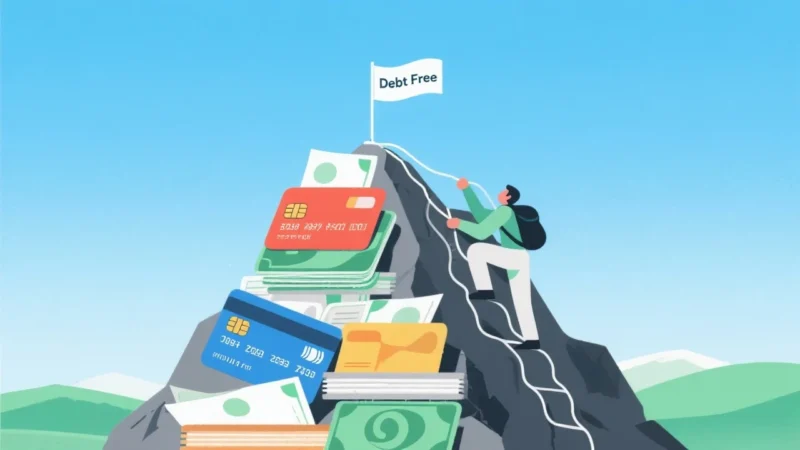In today’s economic climate, building a robust savings account has become more crucial than ever. Whether you’re preparing for unexpected expenses, planning a major purchase, or simply wanting to achieve financial security, learning how to save money fast can transform your financial future. Here are 21 proven strategies that actually work in 2025.
Quick Wins: Immediate Money-Saving Actions
1. Cancel Unused Subscriptions
Review your bank statements and identify recurring charges for services you rarely use. The average American spends over $273 per month on subscriptions, with many going unused or forgotten.
2. Switch to Generic Brands
Generic products can save you 20-40% compared to name brands while offering similar quality. Start with non-perishables, cleaning supplies, and over-the-counter medications.
3. Use the 24-Hour Rule
Before making any non-essential purchase over $50, wait 24 hours to reconsider. This simple pause often prevents impulse buying and can save you hundreds of dollars monthly.
“A penny saved is a penny earned.” – Benjamin Franklin
4. Negotiate Your Bills
Contact providers for internet, phone, and insurance to negotiate better rates. Companies often offer discounts to retain customers, potentially saving you $50 to $200 per month.
Smart Shopping Strategies
5. Embrace Meal Planning
Plan weekly meals and create detailed shopping lists. This prevents food waste and impulse purchases, typically saving families $1,500 to $2,000 annually.
6. Shop with Cash Only
Using cash for discretionary spending creates a psychological barrier that naturally limits overspending. Studies show people spend 12-18% less when using cash versus cards.
7. Master the Art of Couponing
Combine manufacturer coupons with store sales and cashback apps. Modern couponing through apps like Honey, Rakuten, and store-specific apps can yield significant savings.
8. Buy in Bulk (Strategically)
Purchase non-perishable items in bulk only for products you regularly use. Focus on household essentials, toiletries, and pantry staples.
Technology-Powered Savings
9. Automate Your Savings
Set up automatic transfers to savings accounts immediately after payday. Even $25 weekly adds up to $1,300 annually.
10. Use Budgeting Apps
Leverage apps like Mint, YNAB, or PocketGuard to track spending patterns and identify areas for improvement. These tools provide real-time insights into your financial habits.
11. Embrace the Sharing Economy
Use car-sharing services instead of owning a second vehicle, rent tools instead of buying them, and consider clothing rental for special occasions.
“It’s not how much money you make, but how much money you keep, how hard it works for you, and how many generations you keep it for.” – Robert Kiyosaki
Lifestyle Adjustments for Long-Term Savings
12. Reduce Energy Consumption
Simple changes, such as using LED bulbs, unplugging electronics, and adjusting thermostat settings, can reduce utility bills by 10-25%.
13. Cook at Home More Often
Preparing meals at home costs approximately 60% less than dining out. Even reducing restaurant visits by half can save $2,000 to $4,000 annually.
14. Find Free Entertainment
Explore free community events, hiking trails, museums on free days, and library programs. Many cities offer extensive free entertainment options.
15. Practice Preventive Maintenance
Regular maintenance on cars, appliances, and home systems prevents costly repairs. This proactive approach can save thousands in emergency expenses.
Income Optimization
16. Sell Unused Items
Declutter your home and sell items through Facebook Marketplace, eBay, or Poshmark. The average household can generate $500 to $1,500 from unused belongings.
17. Start a Side Hustle
Explore gig economy opportunities like ride-share driving, food delivery, freelance writing, or online tutoring. Even 5-10 hours a week can generate a substantial extra income.
18. Maximize Employer Benefits
Fully utilize employer-matched 401(k) contributions, health savings accounts (HSAs), and flexible spending accounts (FSAs). These benefits provide immediate returns on your money.
Advanced Saving Strategies
19. Implement the 50/30/20 Rule
Allocate 50% of income to needs, 30% to wants, and 20% to savings and debt repayment. This framework provides structure while maintaining lifestyle balance.
20. Use High-Yield Savings Accounts
Move emergency funds to high-yield savings accounts offering 4-5% APY instead of traditional accounts with minimal interest rates.
21. Practice Mindful Spending
Before purchases, ask yourself: “Do I need this, or do I want this?” and “Will this purchase align with my financial goals?” This mindfulness prevents unnecessary spending.
Creating Your Action Plan
Start by implementing 3-5 strategies immediately, then gradually incorporate additional tips. Track your progress monthly and celebrate small victories to maintain motivation.
Remember, saving money fast requires consistency and commitment, but the financial freedom it provides is worth the effort. Begin today with one simple change, and watch your savings grow throughout 2025.









